“A cinematographer is a visual psychiatrist–moving an audience through a movie […] making them think the way you want them to think, painting pictures in the dark,” said the late, great Gordon Willis. As our year-end coverage continues, we must pay dues. From talented newcomers to seasoned professionals, we’ve rounded up the examples that have most impressed us this year.
All Dirt Roads Taste of Salt (Jomo Fray)
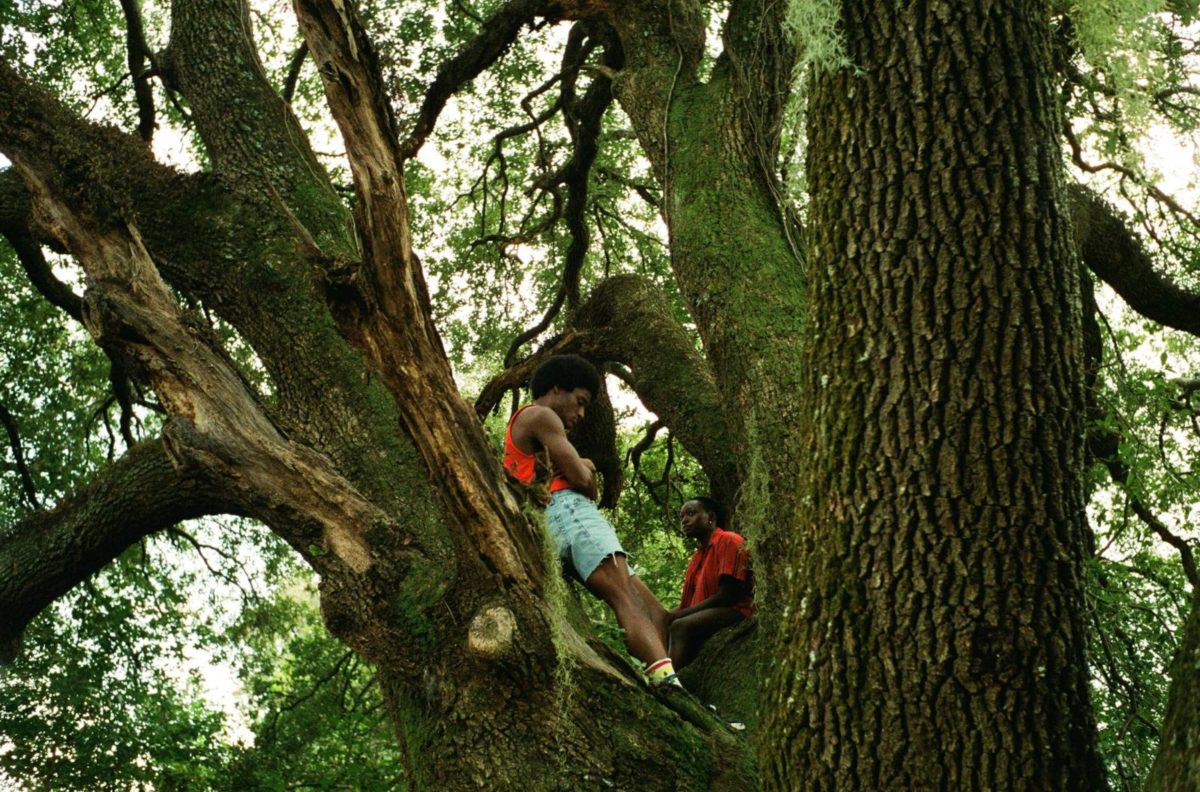
Raven Jackson’s directorial debut All Dirt Roads Taste of Salt slows down the cycle of life. The camera rests on hands, on backs, on people connected through touch, sound, and smell. There isn’t any rush, any intention to leave these moments. Jackson and cinematographer Jomo Fray find beauty, grace, and life in two people holding hands, dancing, skinning a fish, and the trees passing while a family drives down the road. The film doesn’t just feel like a lyrical poem; it looks like one. – Mike F.
Asteroid City and Wes Anderson’s Roald Dahl Shorts (Robert Yeoman)
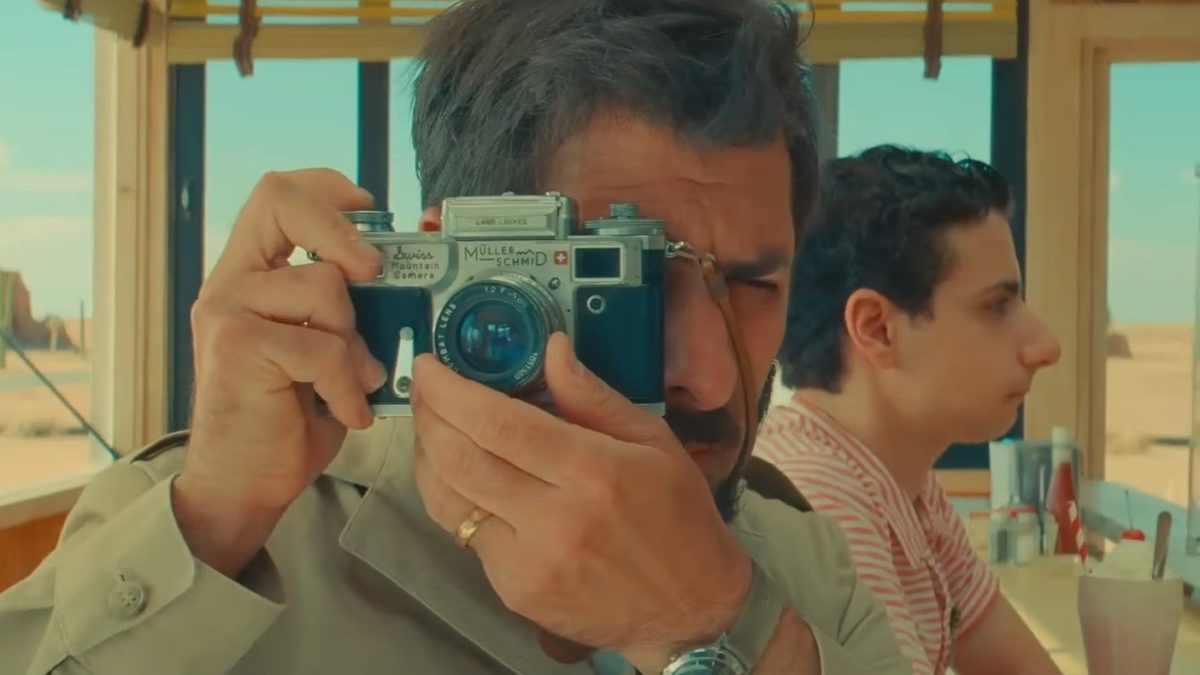
Wes Anderson’s unique tapestries combine both an eclectic old-word charm and pop-art jokes, perfectly complemented by his longtime collaborator Robert Yeoman, whose perpendicular camera movements capture both the essence and feel of a stage play. While Anderson’s new Roald Dahl short-story adaptations for Netflix use the duo’s geometric tendencies to playful effect, it’s in Asteroid City that the power of the camera comes to full force. His latest––a meta-film that offers a deeply personal exploration of the inner mechanics of the Anderson feature, told through plays within plays––turns Yeoman’s camera into a literal seeing eyeglass, an omnidirectional compass that, working from side to side, front to back, up and down, and around, tears the curtain off the director’s workshop and shows us the deception of his magic… which, ironically, just reveals more. – Soham G.
De Humani Corporis Fabrica (Véréna Paravel, Lucien Castaing-Taylor)
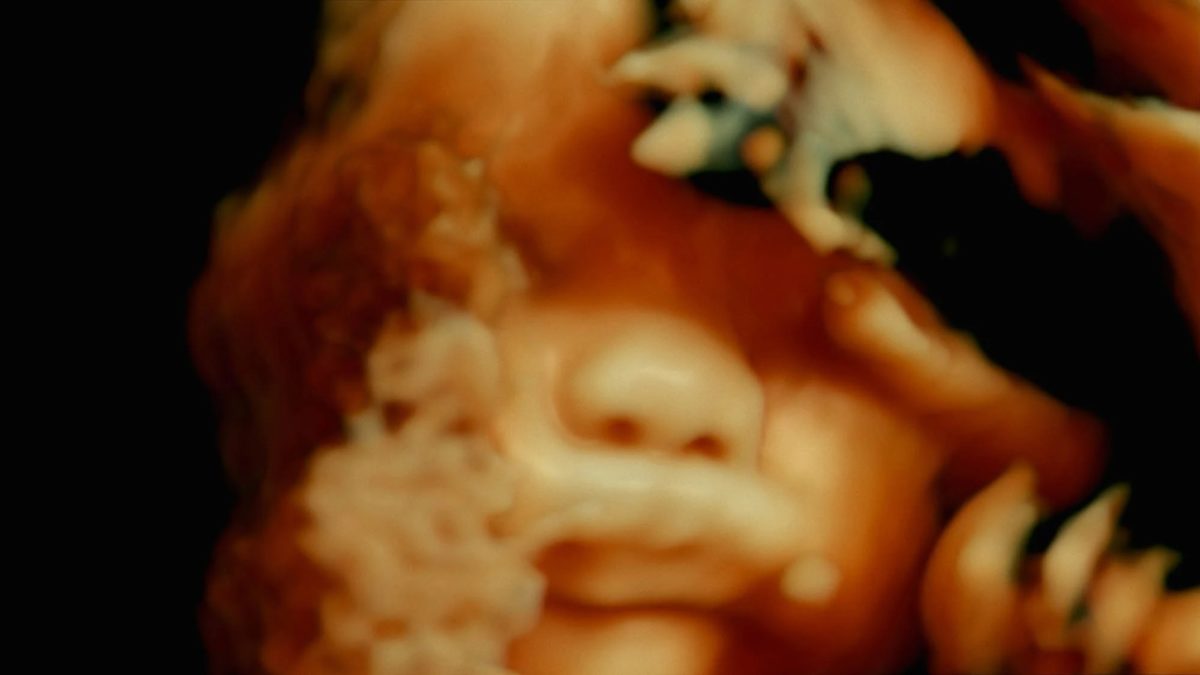
The only thing as mysterious and miraculous as the human body is the universe itself. If you’re reading this and doubting that, you’ve got some homework to do, and I recommend going in with a light stomach. Lucien Castaing-Taylor and Véréna Paravel’s engrossing documentary brings new meaning to the term “body horror,” investigating every stringy, bloody, bulging, gauzy, pulsating crevice of our insides with cameras on the tips of (at times, relatively untrained) surgeons’ tools across five Parisian hospitals. Think: Cronenberg’s dream doc. It inspires both an absolute, jaw-dropping sense of wonder and beauty for the messy mechanics of the human body while confirming that, especially when turned inside-out, it is one of the most frightening things we could imagine. – Luke H.
Enys Men (Mark Jenkin)
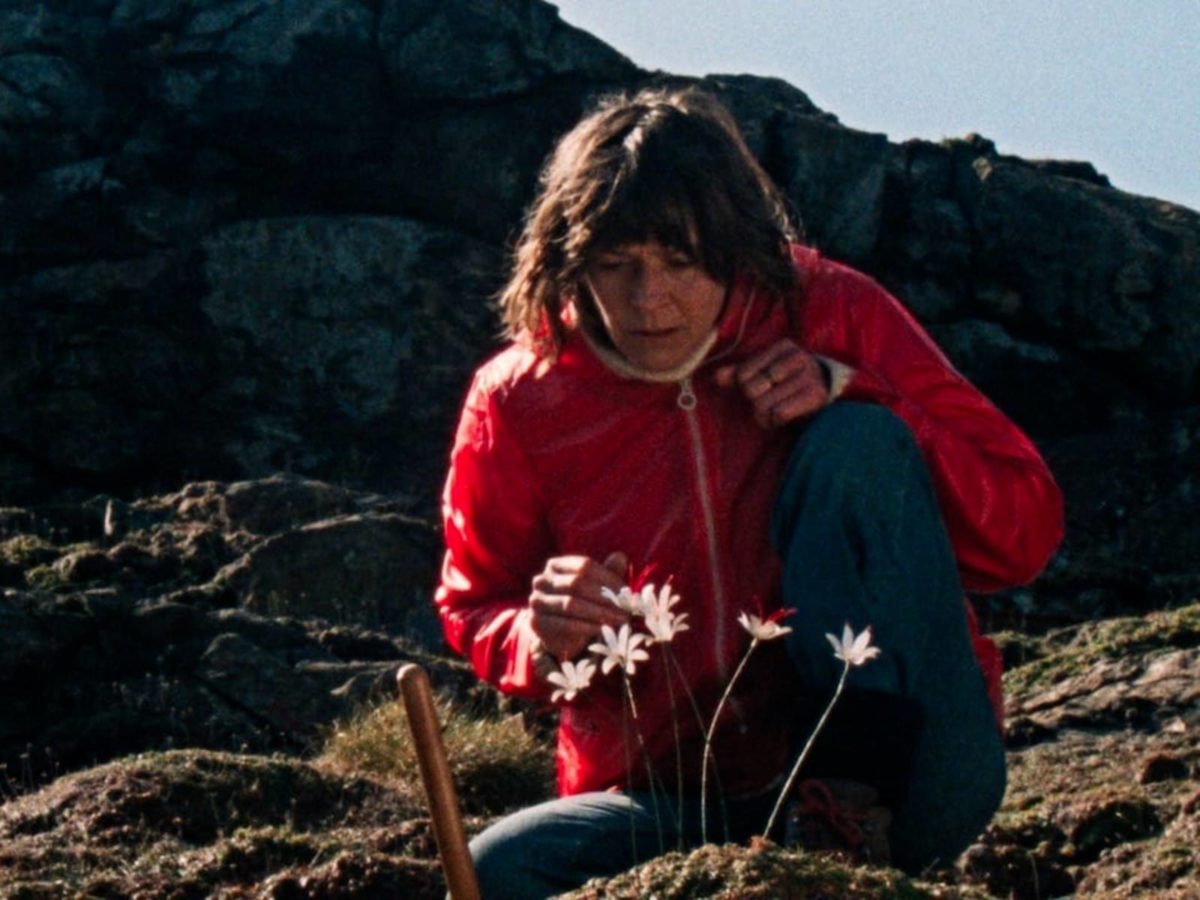
Enys Men plays like a dream. Or a nightmare. Or one turned into the other––simultaneously dozy, pastoral, terrifying. Not only directed by Mark Jenkin, but edited and shot by him as well, the film depicts a lone researcher investigating a particular type of flower on the British coast. The weather is bad, the monotony worse. There is a menacing rock, a threatening hole. All of this might feel ridiculous were it not for Jenkin’s keen eye for the unnerving and beautiful. To slip into his vision is to enter a gaze with no discernible exit. You don’t need to figure out what’s going on; you just have to look. – Fran H.
The Eight Mountains (Ruben Impens)
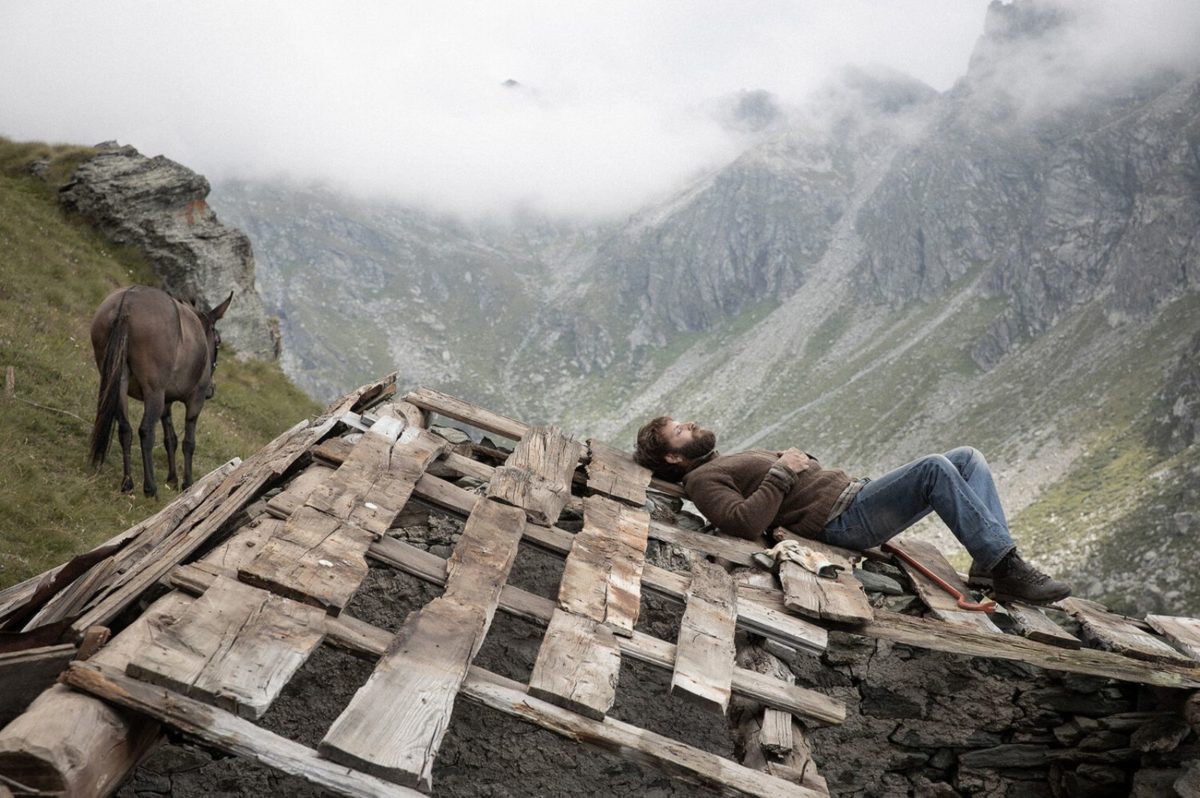
The Eight Mountains tells the story of Pietro (Luca Marinelli) and Bruno (Alessandro Borghi)––lifelong friends for whom the Italian Alps provide life, or escape, or both. In order to feel the weight of their friendship, the push and pull of geography, you have to feel the scale of the mountains. You have to feel the jagged cliffs, the long grass, the heavy snow. The air must seem clear, open, easy. The world is below, heaven above. Through Ruben Impens’ gentle eye, we come to see the world as Pietro and Bruno do: immense and immaculate. – Fran H.
Fallen Leaves (Timo Salminen)
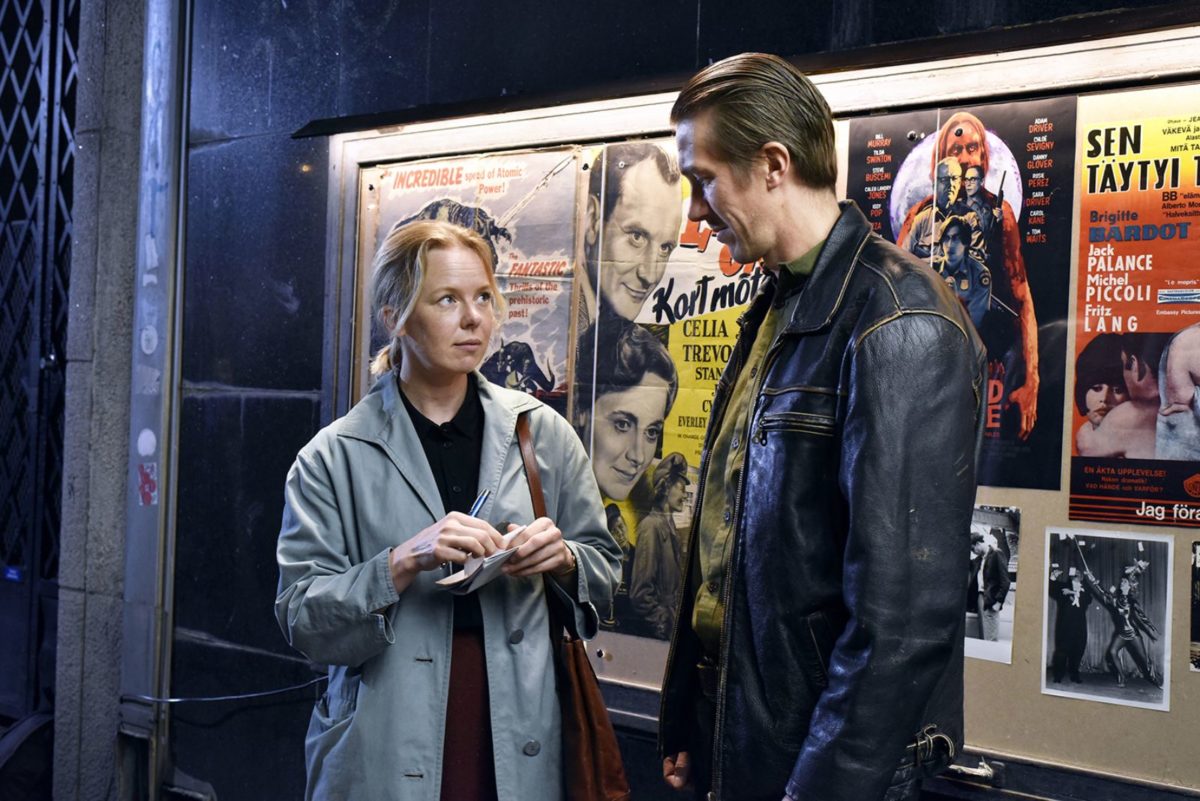
Finnish auteur Aki Kaurismaki’s Helsinki-set newest is as delicate and delightful as a hopeful evening at the movies. The 81-minute experiment plays with the form of a love story in its most distilled state, offering spare yet visually punchy frames (courtesy of Kaurismaki’s career cinematographer Timo Salminen), a wry sense of humor peculiar enough to catch Gregg Turkington off-guard, and an oft-referenced love for cinema written into its bones. The cinematography matches the story’s form in its distillation––never flashy, always intriguing. Calm, quaint imagery with hard angles, pops of accent color, lush textures, and thoughtful composition. – Luke H.
Ferrari and The Killer (Erik Messerschmidt)
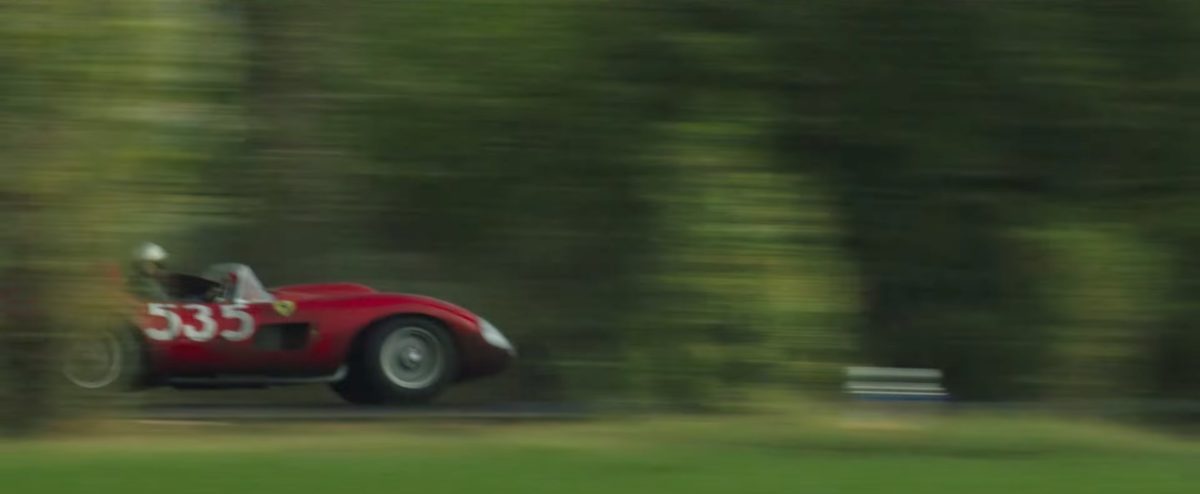
No small thing, playing visual interlocutor for two of the most muscular American filmmakers of our time. But as in Mindhunter and Mank, Erik Messerchmidt adapts seamlessly to David Fincher’s form with The Killer, bringing a steady, assured, sometimes downright austere assassin thriller that still surprises in its colors and shades. Ferrari, meanwhile, is a reminder of how plainly strange Michael Mann’s films can look––digital expression is one thing, distorted close-ups and far-away shot-reverse conversations quite another. – Nick N.
Godland (Maria von Hausswolff)
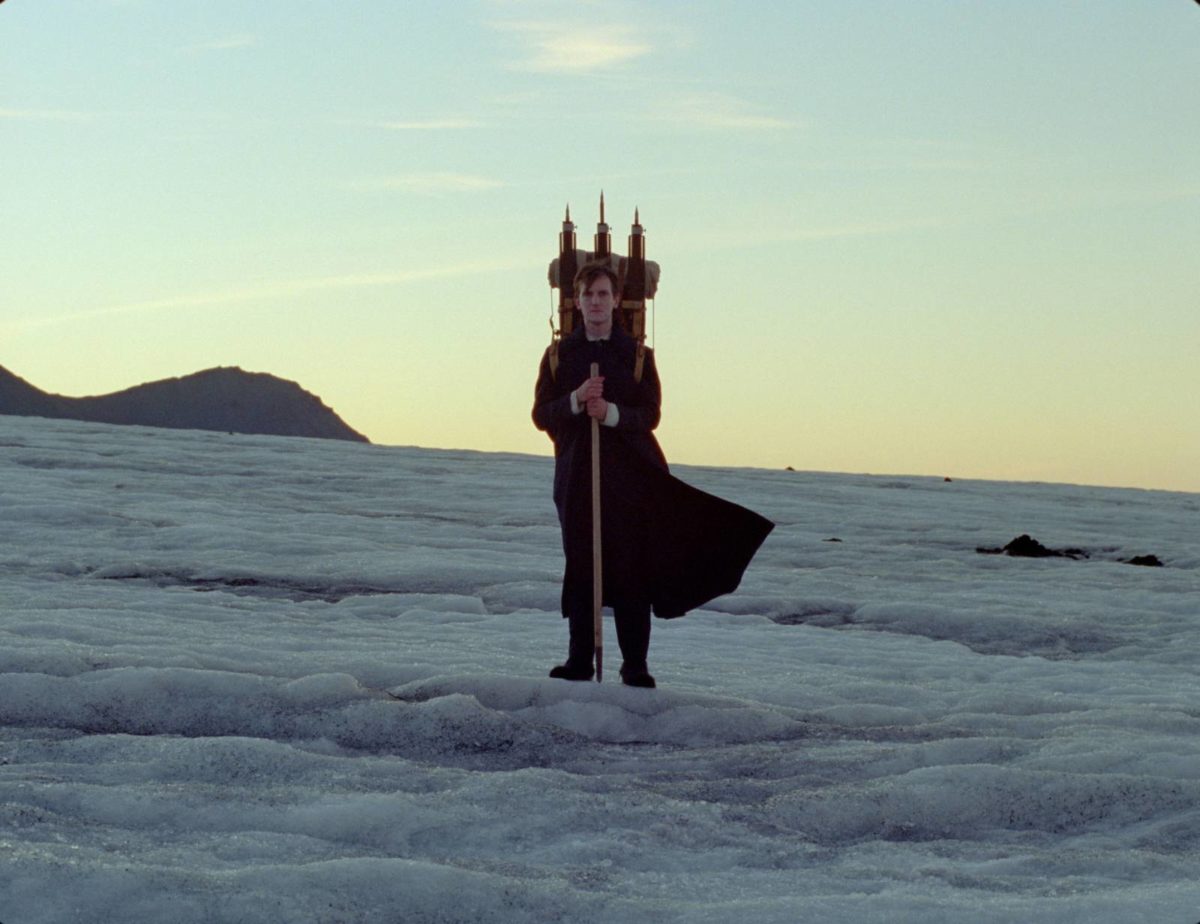
Shooting on 35mm in a boxy 1:33 aspect ratio, Godland DP Maria von Hausswolff renders the Icelandic landscape in an almost alien manner, mirroring Danish priest Lucas’ (Elliott Crosset Hove) relationship to the country. This is a land he neither understands nor cares to––this lack of respect will be his undoing. There’s a Herzogian quality––not only in the narrative’s themes of self-delusion and nature’s inherent harshness, but also in the way in which Von Hausswolff and director Hlynur Pálmason are able to create visual scope on a modest budget. Pálmason even got in on the fun, shooting the film’s time-lapse photography himself over a period of months near his parent’s home with a camera he kept stashed in his car. – Caleb H.
Godzilla Minus One (Kôzô Shibasaki)
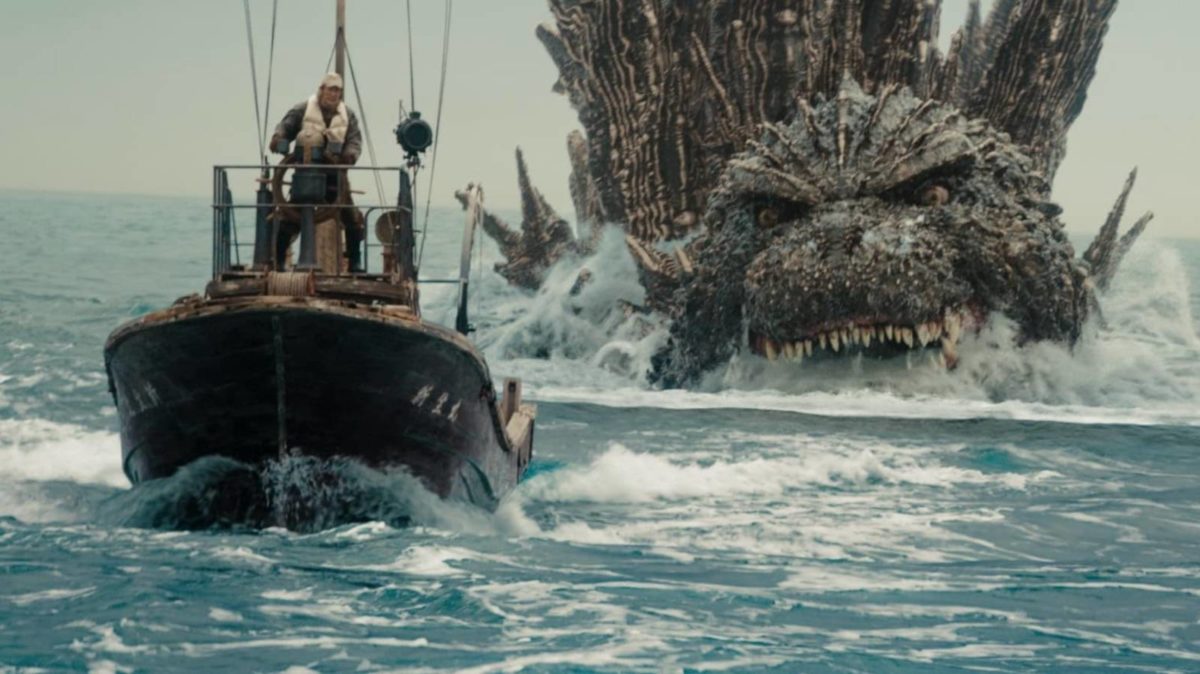
While there are over three-dozen Godzilla films, many stretches of Takashi Yamazaki’s new Toho production Godzilla Minus One feel like seeing the kaiju with new eyes. Whether our view is on the ground as Godzilla stomps and chomps along, or being trailed by the monster from a ship, or maneuvering around him from the air, Kôzô Shibasaki’s camera is always at the perfect vantage to convey the sheer scale and power on display. There’s also an impressive visual intimacy and sensitivity surrounding the drama at a human scale, which hasn’t always been the case for the long-running franchise, making it one of its finest entries. – Jordan R.
Human Flowers of Flesh (Helena Wittmann)
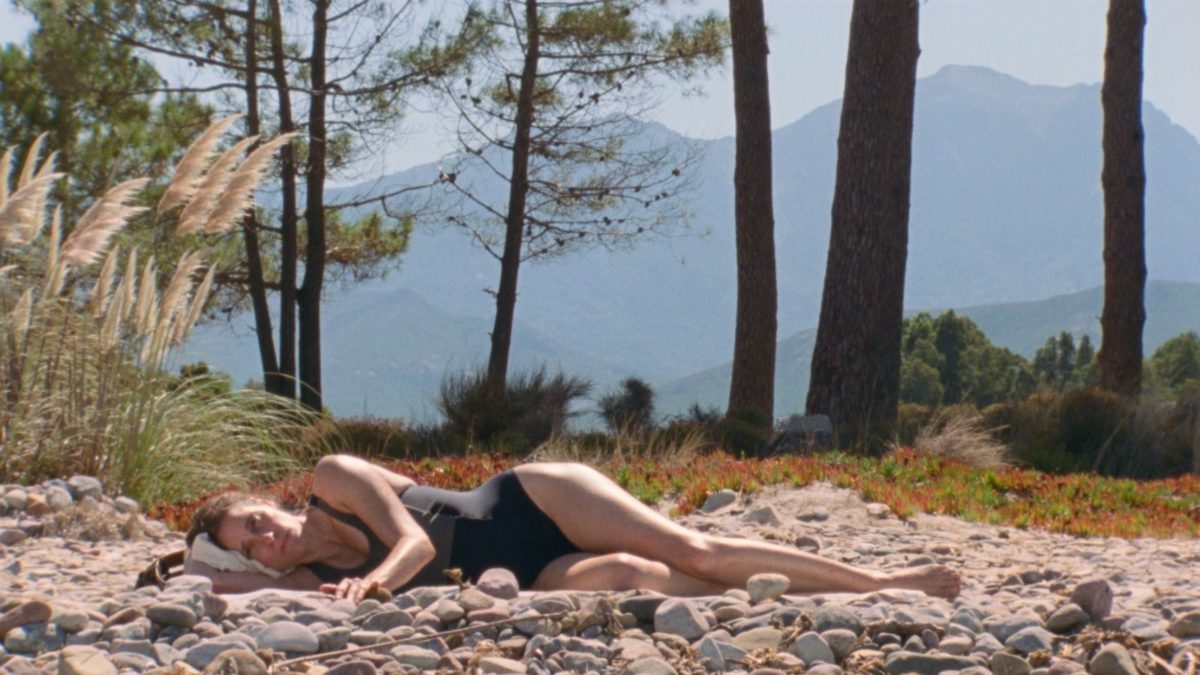
Helena Wittmann coalesces her muses, avant-garde vanguard Michael Snow and Beau Travail, into the cinematography of her sophomore feature Human Flowers of Flesh. It follows Ida (Angeliki Papoulia), her team of sailors across the Mediterranean, and her growing intrigue over men’s behaviors when discovering the French Foreign Legion. Wittmann’s 16mm imagery weaves this minimal-dialogue fable about mutual understanding. Wittmann’s patience in her long takes elicits a meditative breeze and the quiet’s refinement. – Edward F.
in water (Hong Sang-soo)
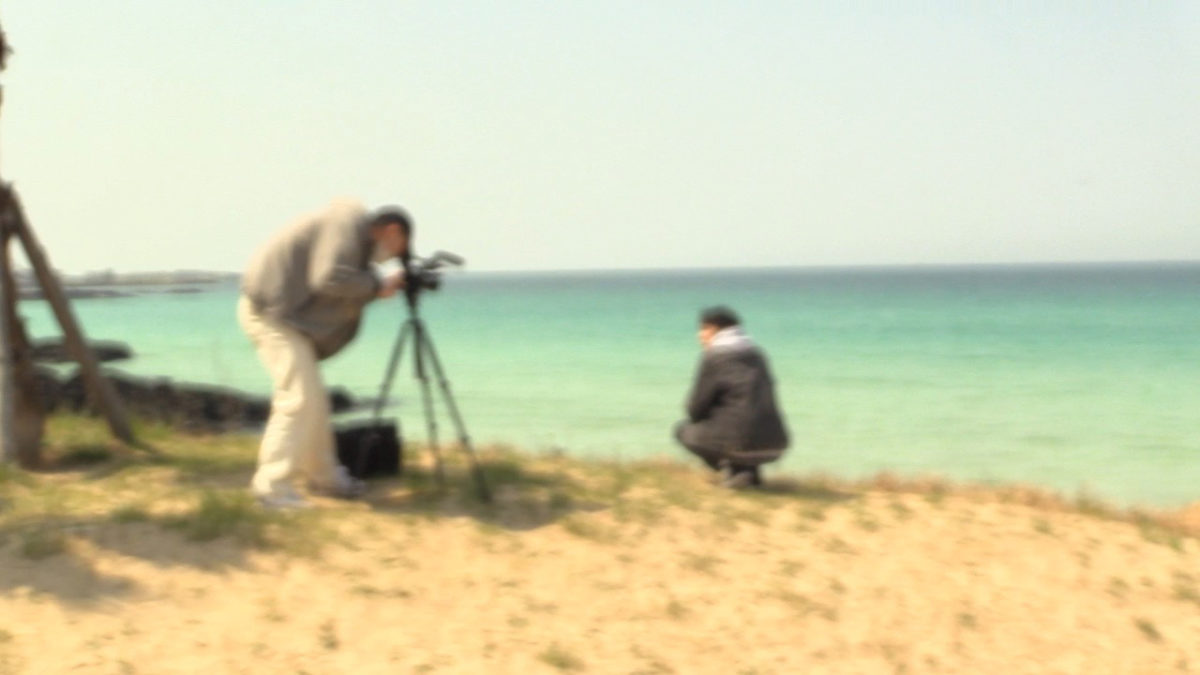
For some years now, the prolific Korean great Hong Sangsoo has been suffering from deteriorating eyesight, a sad occurrence that is starting to be overtly referenced in his work. Operating as his own cinematographer, he strongly affirms composition skills with in water––skills that have been somewhat taken for granted in his career, given the utilitarian production values of his films. With the camera’s focus pulled a few stops from sharpness and clarity, what we see is a miasma of pale color where his characters appear like curious figures in a pointillist painting. – David K.
Killers of the Flower Moon and Barbie (Rodrigo Prieto)

Rodrigo Prieto made his bones with Alejandro Gonzalez Iñarritu’s early films, but in both Killers of the Flower Moon and Barbie––one bearing the dense details of a Martin Scorsese picture, the other the high-energy atmosphere of a film about toys––his work has reached a diverse apex. Both movies employ the gradual closing-in of the frame as we move from establishing their worlds; each lands with the unique reflections of the characters. While Flower Moon‘s stationary shots reveal quiet devastation, in Barbie they do the opposite, opening revelations and tearing the plastic off the film’s characters. – Soham G.
Kokomo City (D. Smith)
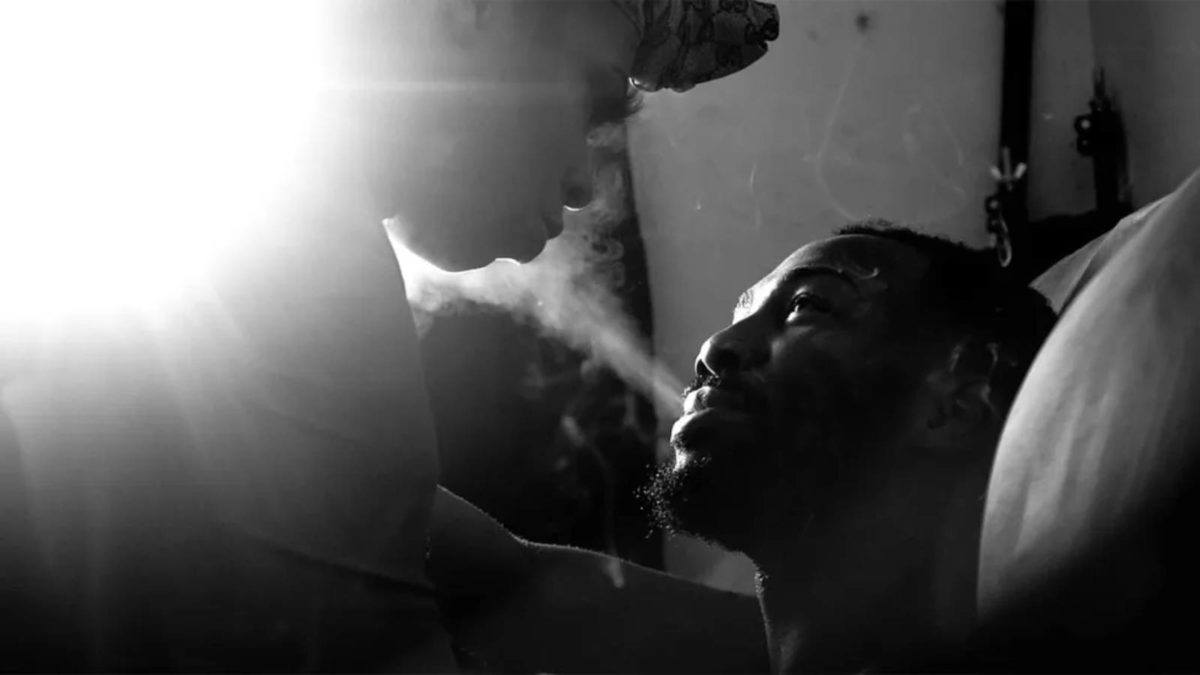
Cinema has often fooled us into thinking that to find beauty we must rely on “movie magic,” a hint of the right light here, a dash of makeup to complement a stunning costume. What D. Smith’s camera work in Kokomo City reveals is that the lens is bound to capture beauty when it dares to witness it. With the documentary’s main subjects asked to be themselves, Smith’s loving lens turns into a stage rather than a golden cage, where they transform into film noir goddesses, happy-go-lucky youths, and courageous activists. Shot in striking black-and-white, it’s both beautifully outside of a specific time and undeniably urgent. – Jose S.
Mami Wati (Lílis Soares)
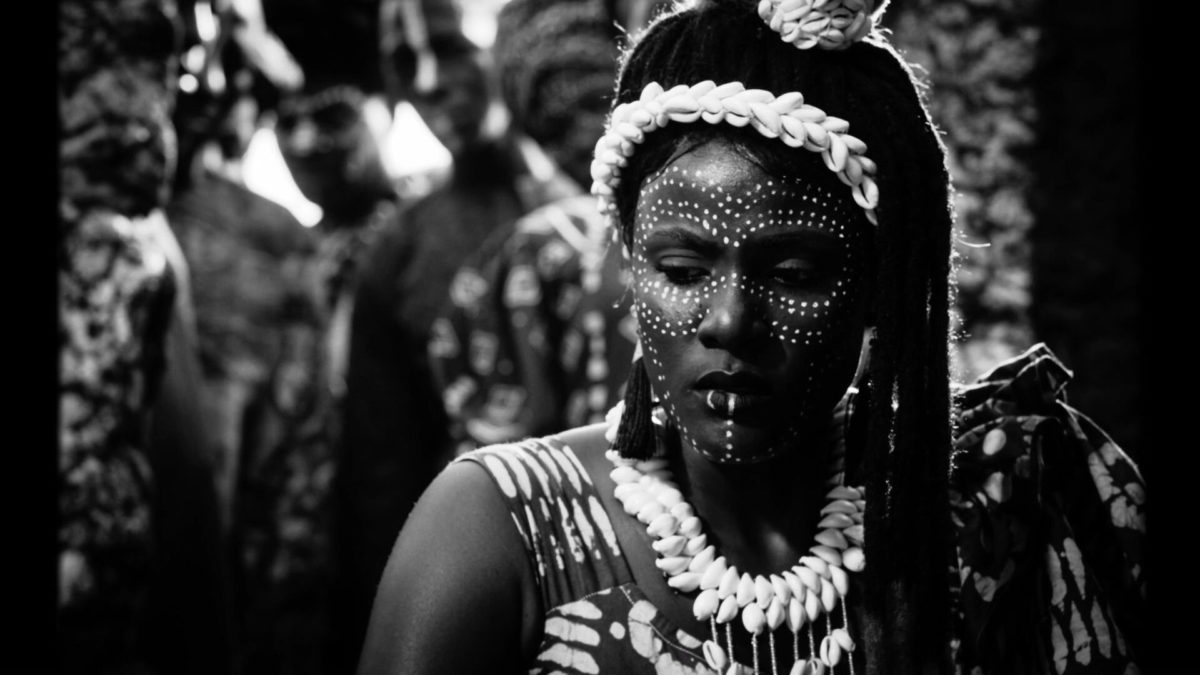
Does film reveal that the personal is political? C.J. “Fiery” Obasi and Lílis Soares photograph a personal film. It draws its emotion and style from West African mythologies. In diametric black-and-white images, it spins a fable of morphing gray space: the village Iyi exists between a modernity at turns salving and annihilating. Narrative magic emerges in the personal struggle between two sisters and their venerated mother, between the violence modern men bring and the possibility for a revolution that already exists in the image and tongue of Iyi’s women. The political future is inside an iris, an impossible iridescence that emerges, as often occurs, under the care of a camera. – Frank F.
Oppenheimer (Hoyte van Hoytema)
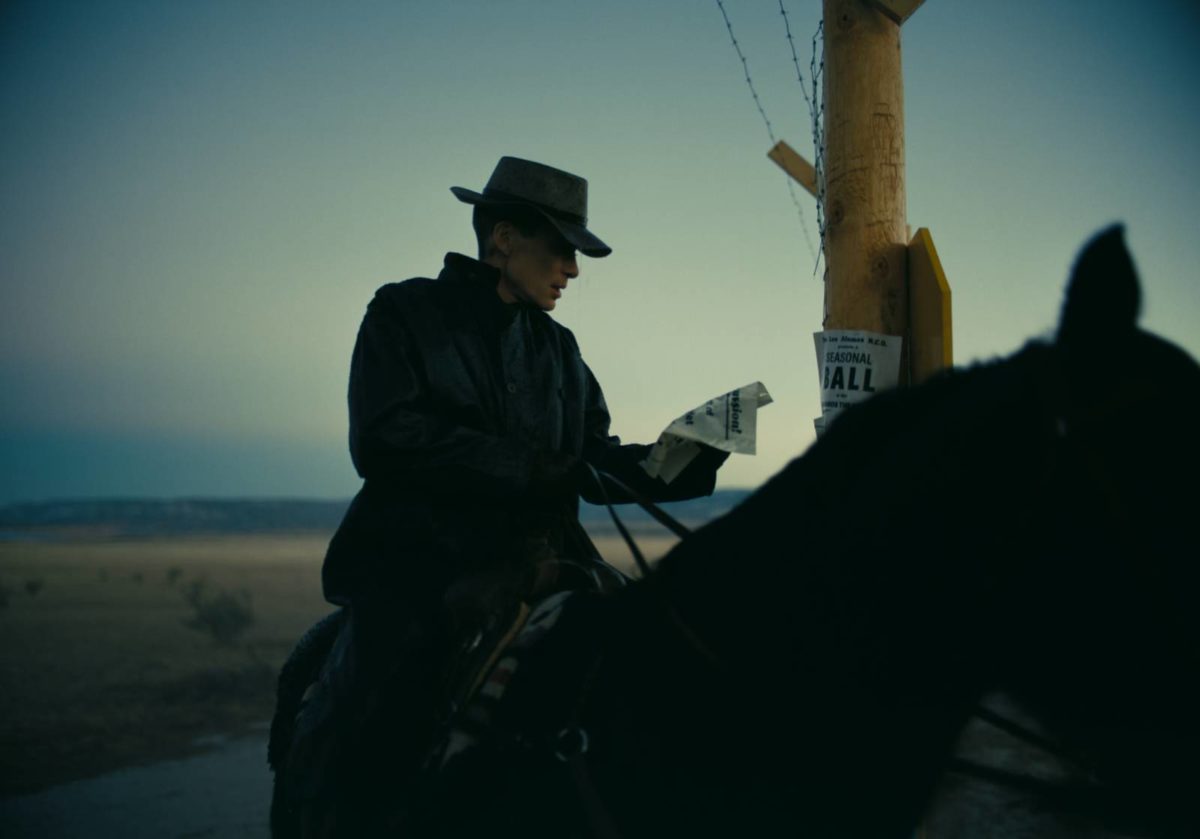
Christopher Nolan certainly exercises more “auteur“ control than his inspiration Ridley Scott, yet in the past several years he’s worked with below-the-line talent capable of elevating his work to new heights––not unlike Scott at the beginning of his own career on Alien and Blade Runner. Take a bow, editor Jen Lame, composer Ludwig Göransson, and especially cinematographer Hoyte van Hoytema, whereupon his work has been accused far less of visual and spatial incoherence. Oppenheimer is also a rare case when “most” cinematography––with its intricately color-coded narrative strands and dense cosmic visions––is synonymous with “best” cinematography; I can still feel that nuclear-test sequence scorching my retinas. – David K.
Pacifiction (Artur Tort)
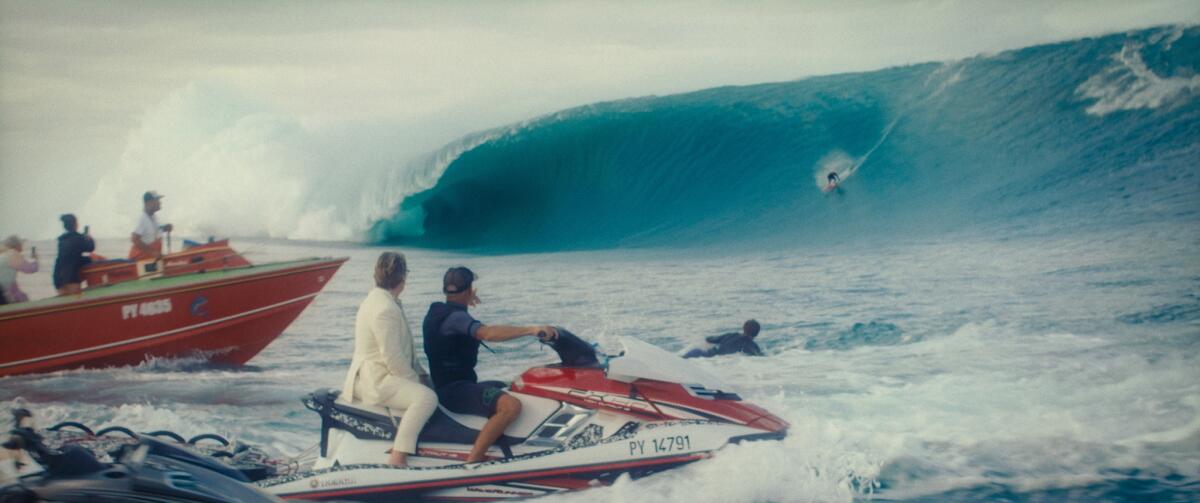
From Strawberry Mansion to Armageddon Time, the process of shooting digitally and then scanning to film in post-production is increasingly popular. Albert Serra’s Pacifiction might qualify as the most creative use of such yet. Shot with three consumer-grade Blackmagic Pocket Cinema cameras, the effect is uncanny. An extended sequence at sea appears like the actors are performing against rear projection––it’s difficult to square something that looks filmic yet supremely flat, with defined edges framing the actors against the ocean and sky behind them. I was curious how Serra would follow up Liberté, one of the most visually stunning digitally shot films ever; Pacifiction trades the painterly setups of Liberté’s woods with something more freewheeling, no less breathtaking. – Caleb H.
Passages (Josée Deshaies)
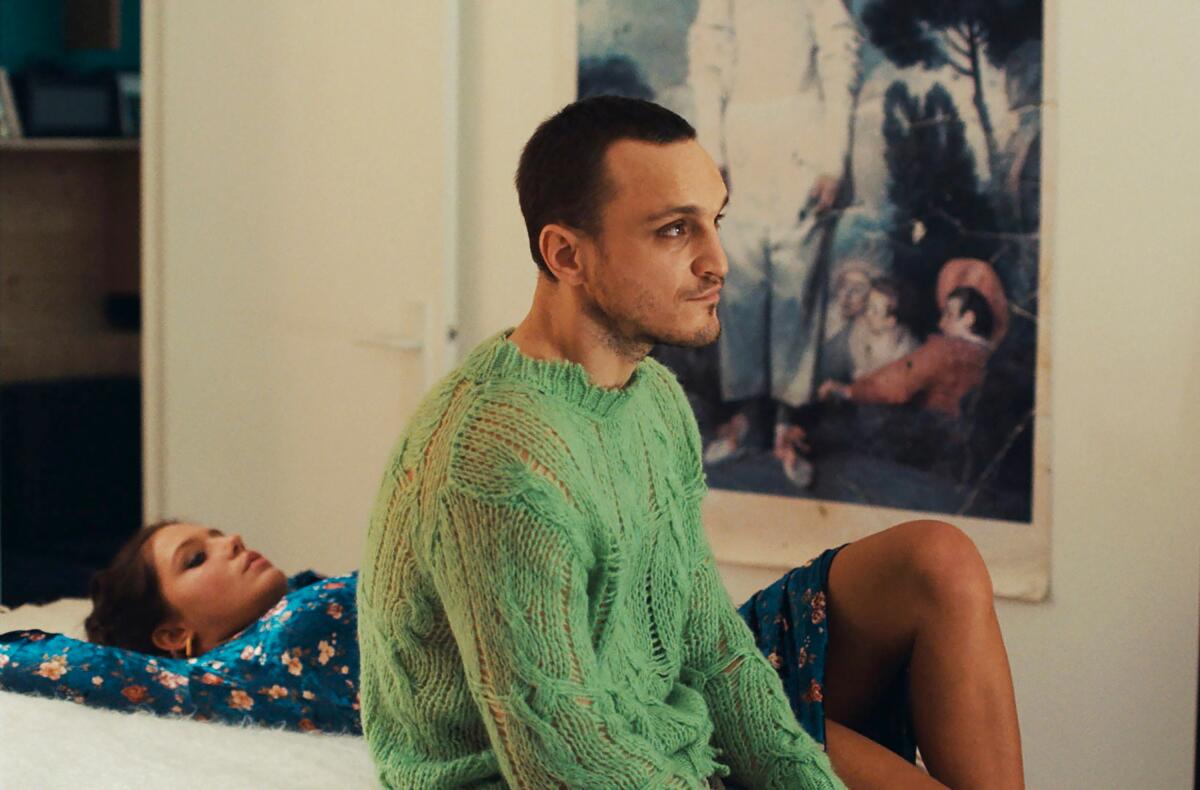
Love is in the air in 2023’s hot mess Passages. Filmmaker Tomas (a beefcake Franz Rogowski) ruins his marriage to Martin (Ben Whishaw) and newly conceived relationship with Agathe (Adele Exarchopoulos) with dishonest monstrosity. Josée Deshaies’s meticulously planned choreography imbues an artist’s raw, intimate heartbreak, capturing the insanity of the featured love triangle and making us question if a person’s sexiness can outshine their narcissism and unfaithfulness. – Edward F.
Priscilla (Philippe Le Sourd)
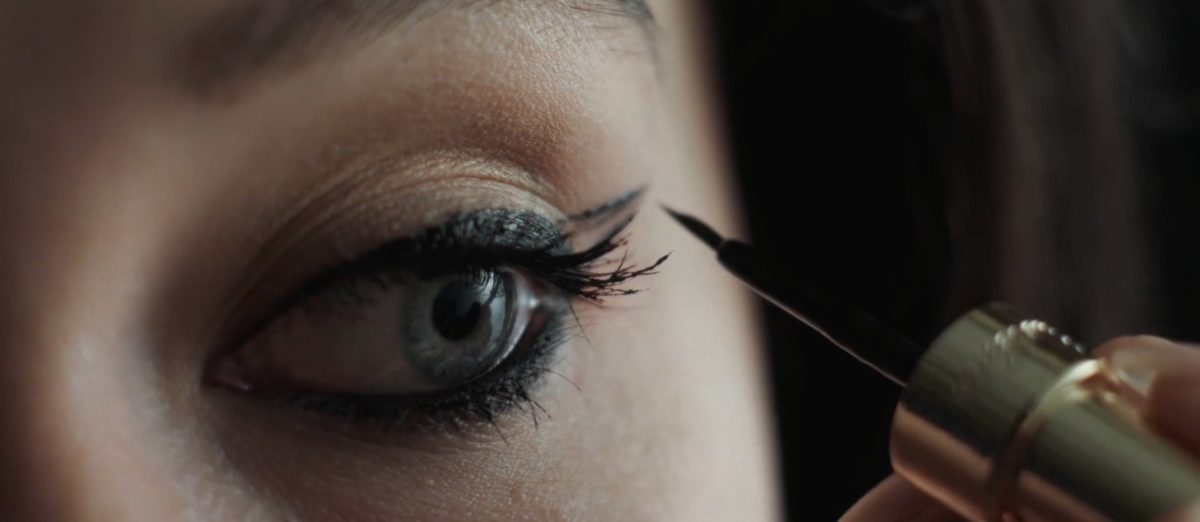
The hallmark of late consumerist style is always receiving and never enough, an appetite to remind you that being branded means you’re really not getting any. Coppola and Philippe Le Sourd show how objects police desire through an ambiance of products: endless Elvis ephemera, social media-ready food platters, high-fashion outfits like doll clothes with matching pistol accessories. Pills and booze, rugs and toy dogs, all scrutinized with the half-interest of a stoned museum clinician. And then “I Will Always Love You” breaks the tractor beam spell. A passenger in a car driving straight out of the movie, this vast kingdom of the objectified gets left behind. – Frank F.
R.M.N. (Tudor Vladimir Panduru)
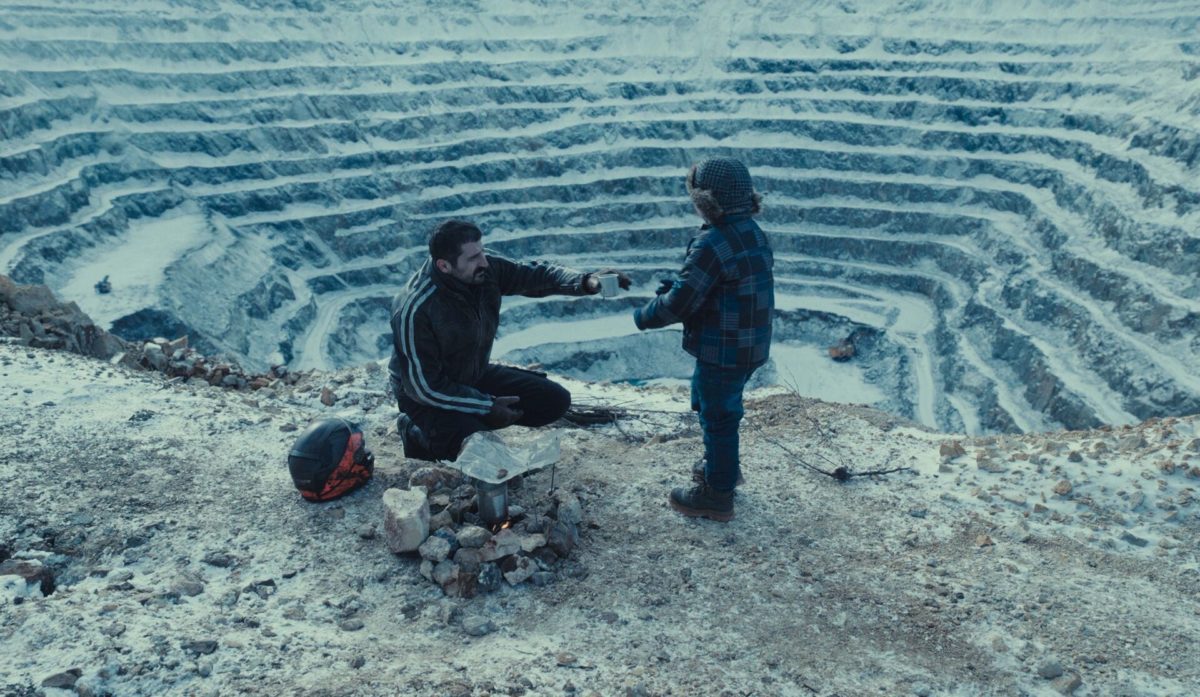
R.M.N. has all the trademarks of a Cristian Mungiu picture––not least of all the fact that when Mungiu tells his cinematographer Tudor Vladimir Panduru to leave the camera alone, it reveals the most important and explosive turning points in all of his films. From the infamous awkward dinner scene and achingly long still shot of an aborted fetus in 4 Months, 3 Weeks and 2 Days to a shockingly racist tirade in a church and quiet dinner interrupted by a hate crime in R.M.N., Mungiu’s cinematographers show the power of not moving, of making the audience take in a scene to full effect. – Soham G.
Scarlet (Marco Graziaplena)
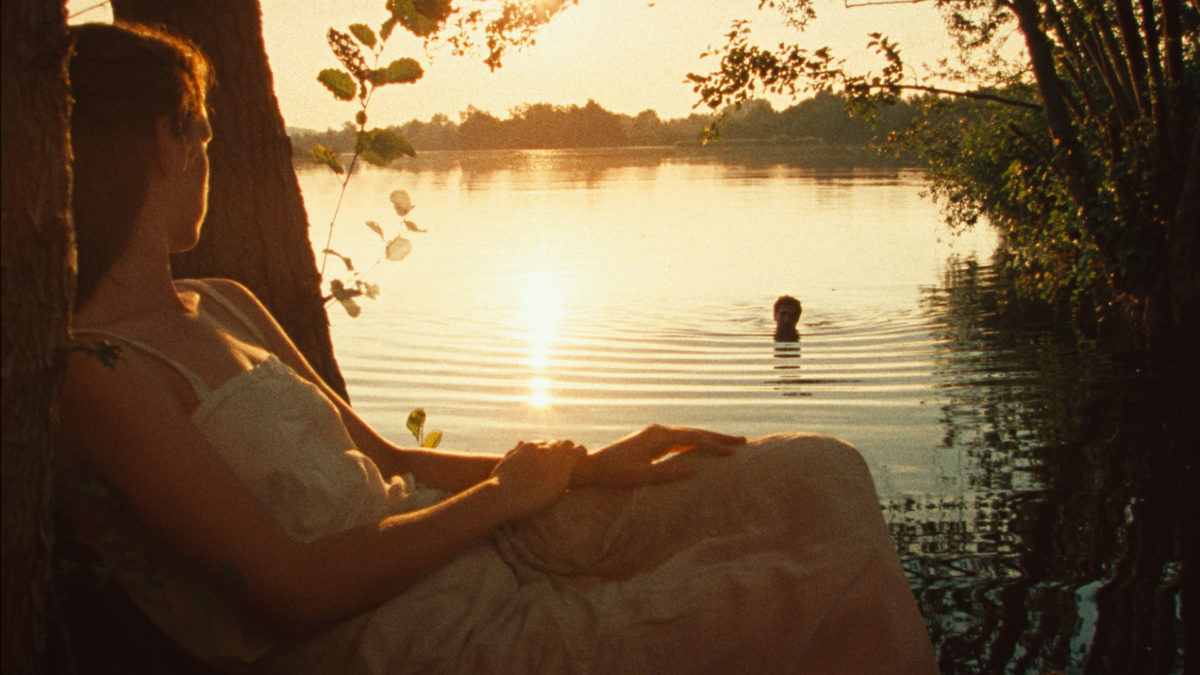
Pietro Marcello’s decades-spanning tale of a young Italian woman’s liberation is so elusive that it’s sometimes hard to find your footing. But that’s part of its charm. The elusiveness is captivating under the direction of Marco Graziaplena’s photography. Disarmingly beautiful imagery––natural and ever-morphing––becomes one of the few elements to actually hold onto. The images released so far are decadent enough to evince that, but perhaps the most beguiling of all is a hyper-zoomed shot of Scarlet drifting in a lake, the frame a lightly waving container of water that shimmers and glistens as it holds her gently bobbing head over the surface. It’s worth the price of admission alone. – Luke H.
The Sweet East (Sean Price Williams)
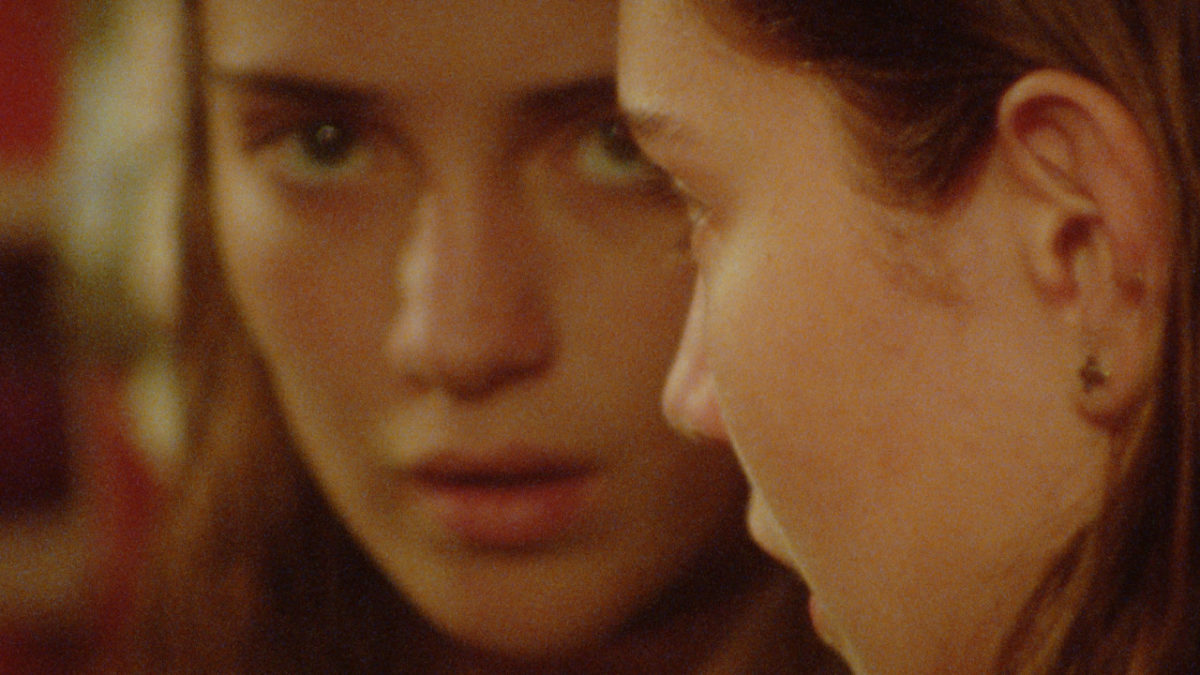
Sean Price Williams lenses his directorial debut, and those familiar with his work as a cinematographer will recognize the grainy, handheld 16mm aesthetic. Inspired by documentarians like D. A. Pennebaker, Williams pulls focus himself, which, combined with his talent for finding the frame on set, lends the images a sense of discovery often absent in narrative cinema. From the performances to the pacing, there’s a pleasurable looseness across the board in The Sweet East, and it begins with Williams’ cinematography. – Caleb H.
The Taste of Things (Jonathan Ricquebourg)
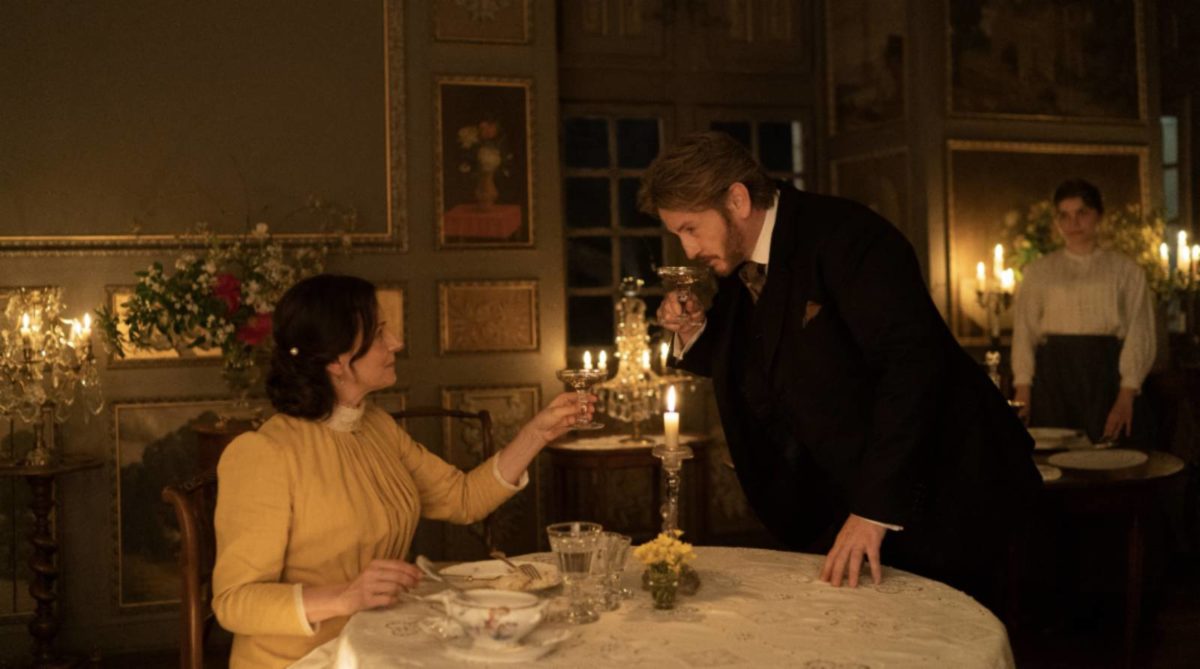
In Tran Anh Hung’s The Taste of Things, food and intimacy go hand-in-hand. The director and his cinematographer, Jonathan Ricquebourg, oscillate between the brightness of gardens, the richness of dining rooms, and the dusky simplicity of kitchens. It’s no surprise that the food looks delectable and is cooked with such measured warmth. Sun burns through windows and lights up whoever is cooking, whoever is eating. The steam of the meals becomes a through line, a constant in the relationship between two people who breathe food as a form of communication, as a form of romance, as a form of love. – Mike F.
The Zone of Interest (Łukasz Żal)
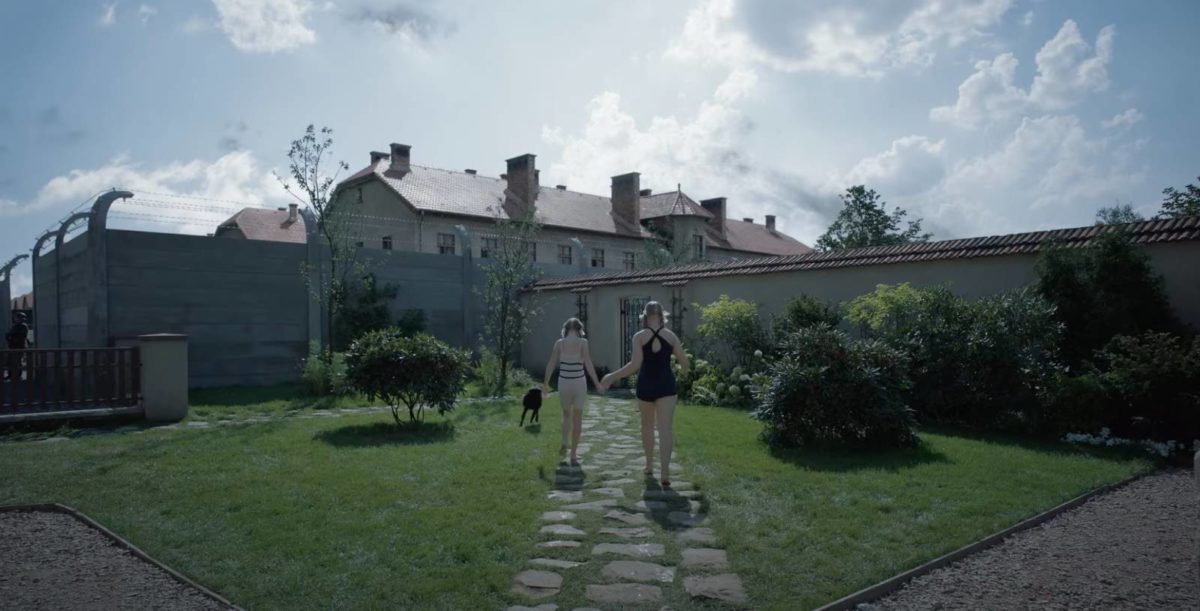
It should come as no surprise that Jonathan Glazer’s latest is a formal marvel. He simply can’t deliver something recognizable, and the world of film is all the better for it. Polish cinematographer Łukasz Żal (Cold War, Ida) deserves much of the praise. In the context of a Nazi officer’s bucolic family life on the outskirts of Auschwitz––where the most horrific screams are always present in the distant soundscape––Żal’s camera almost never moves, an unflinching eye fixed on history’s worst human beings, and an incredibly bold, limiting decision for a feature film of this stature. It proves that the creative boxes we put ourselves in can lead to our most innovative ideas. The lenses are super-wide, capturing as much as possible in each single still frame, letting nothing out of their sight. And the image aesthetic––outside of its plainly experimental moments––is so crisp and clear that your eyes can’t possibly deceive you. – Luke H.
Honorable Mentions
- About Dry Grasses (Kürşat Üresin, Cevahir Şahin)
- All of Us Strangers (Jamie D. Ramsay)
- Anselm (Franz Lustig)
- Beau Is Afraid (Pawel Pogorzelski)
- La chimera (Hélène Louvart)
- El Conde (Ed Lachman)
- How to Blow Up a Pipeline (Tehillah de Castro)
- The Iron Claw (Mátyás Erdély)
- John Wick: Chapter 4 (Dan Laustsen)
- Maestro (Matthew Libatique)
- May December (Christopher Blauvelt)
- Poor Things (Robbie Ryan)
- Saltburn (Linus Sandgren)
- Smoke Sauna Sisterhood (Ants Tammik)
- Unrest (Silvan Hillmann)
